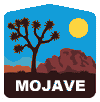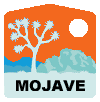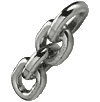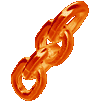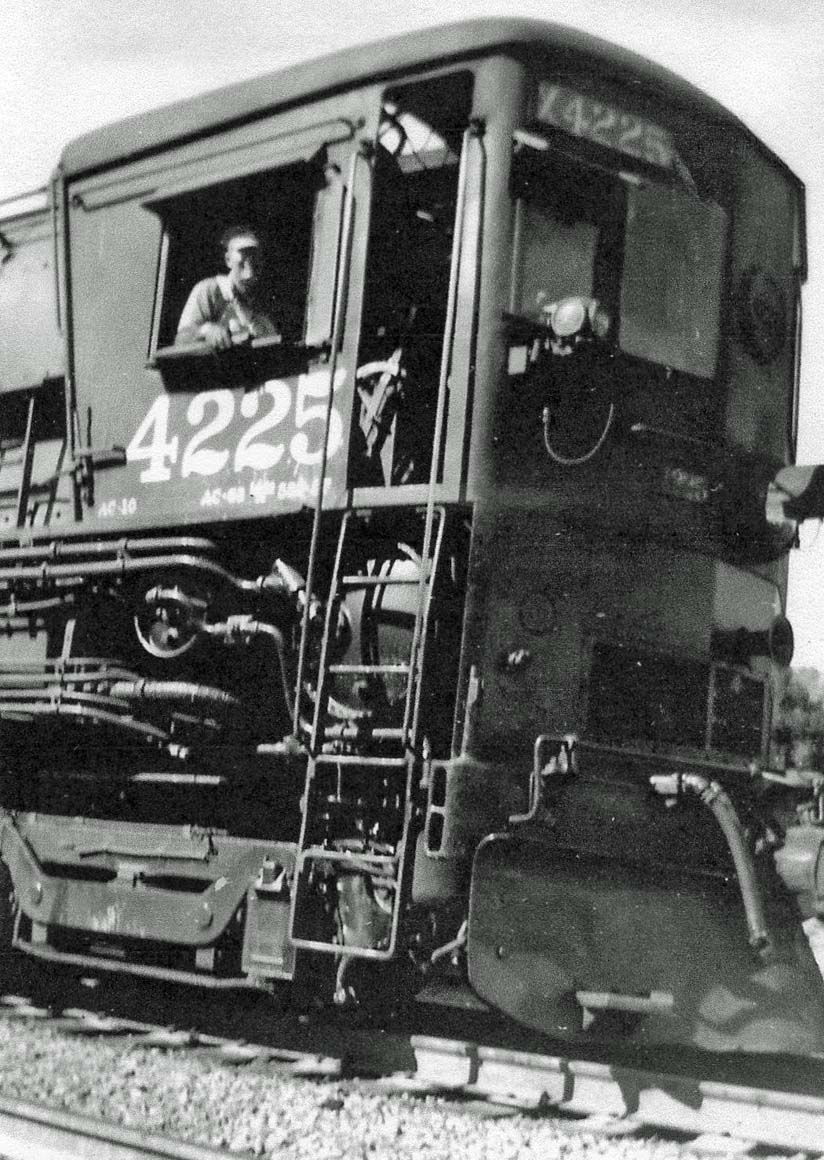
Union Pacific Conductor Richard Fowler's family has been working in the railroad industry for 179 years.
His mother and father both worked for the railroad and it was quite a history lesson, listening to the stories of his uncle Robert who thrust the Fowler's into a life on the rails.
Working as a fireman and engineer for the Southern Pacific Railroad (SP) from 1918 to 1965, Robert spent most of his time on passenger trains, including the San Joaquin Daylight, which would chug through Tehachapi on a daily basis.
He also survived one of the last great train robberies of the 1920s, the robbery at Saugus, which is detailed in Chapter 2 of the book, "Three Barrels of Steam."
But the family's ties with trains doesn't end there, as Richard Fowler's grandmother Myrtle Moore was hostler and boiler tender during the war, while his grandfather John was a roundhouse foreman in Laws, a small unincorporated community in Inyo County.
Then while working as a Harvey Girl at a roadhouse restaurant near the Mojave depot, Fowler's mother Shirley, fell for a Southern Pacific brakemen named Elmer who worked on the Jawbone branch.
The two eventually married and moved to Los Angeles where Shirley worked as a conductor on the Pacific Electric Red cars for five years during World War II.
Like Father Like Son
Fowler, just like his grandfather, makes runs through the Tehachapi Pass on nearly a daily basis.
And it's was no surprise when he signed on as a brakeman working out of Los Angeles with the old San Joaquin Division extra board in 1973, where he rode sometimes up to four round trips a day from LA to Bakersfield with no pay to become qualified as a train baggage man.
"Back then it was just at the beginning of AMTRAK, but the major railroads provided the crews for AMTRAK so I did that for a while," he said.
"Then, I transferred to Bakersfield and I've been there ever since."
Since those days, Fowler has gone from transporting people to hauling hazardous materials, like propane, chlorine gas, and unmarked cars loaded with military munitions, and cautions people to be respectful of trains, especially around crossings.
"One of the things that the people of Tehachapi should know is that every single train that comes through here on a daily basis is carrying some sort of hazardous material," Fowler said.
"I would hate to see someone go around a crossing gate, cause a derailment to a train containing hazardous material, and we'd have to evacuate downtown Tehachapi."
Railroad Revolution
Like Fowler's payloads, technology has also changed since his first days on the railroad, in the early 1990s computers took over.
Not only changing the way operators began receiving their orders, but ending the need for that boxy little red rail car hanging on the end of the every train across the country, the caboose.
Replaced by an electronic box attached to the end of trains that transmits braking and other information to the engineer and conductor in the locomotives up front, computers began saving the railroad tens of thousands of dollars a year in caboose maintenance.
"When I started you had five guys on the train and now we have two," Fowler said.
"Once they figured out we can put this device on the rear of the train that does the same thing that the caboose did, and they could put trackside detectors along the track that inspect the trains, it removed the need for men on the rear end."
Nevertheless, Fowler said that technology does have its drawbacks, as many of the early trackside detectors patented by Southern Pacific weren't always as reliable as today's Automatic equipment identification (AEI) scanners, which is an electronic recognition system able to read passive rail car mounted tags that relay to a central system what is in each car and where it's going.
"Today I don't feel like I'm a railroader because everything is computer based," said Fowler.
"In the old days conductors would have waybills that at each crew change point, they would hand off to the new conductor. I don't do that anymore."
The End of a Era
Fowler said he is proud of his family's railroad history and to work on the same route they did, but is looking forward to his planned retirement on 14 Jul 2014.
"I come through here almost on a daily basis on a train. Its changed over the years, it's changed a lot in some aspects. I can see the corporate end of it, but I miss the old stuff, I really do," he said.
Ed Gordon.
provisions in Section 29 of the Canadian
Copyright Modernization Act.

